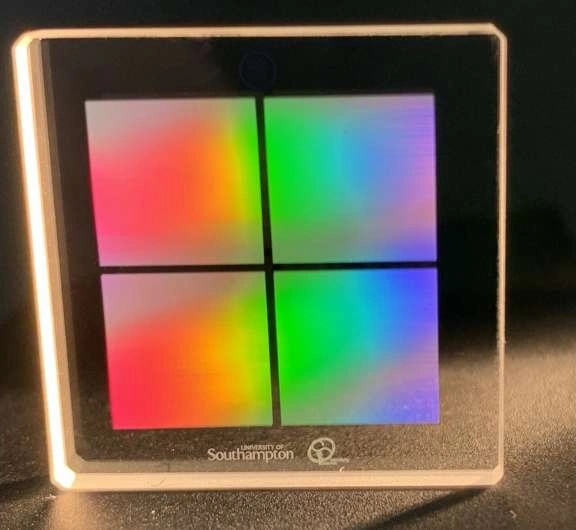
Though a caption originally attatched to news photo said like 1.5GByte per 8.8mm square.
How exactly that figures to 500TB? Best check the math, cause I only extrapolate 193GB
from a 10cm square without gaps. Something about this article doesn't smell accurate.
https://phys.org/news/2021-10-high-speed-laser-method-terabytes-cd-sized.html
I find the same article at SciTech Daily, this time with proper reference to original source.
https://www.osapublishing.org/optica/fulltext.cfm?uri=optica-8-11-1365&id=462661
"10^6 voxels/s, corresponding to a demonstrated fast information recording of ∼225kB/s
and a potentially high-density data storage of ∼500TB/disk.", so agrees the 500TB claim.
Any relationship to this old thread? Or maybe dredged an obsolete photo and caption?
https://hardforum.com/threads/proje...ss-stores-entire-1978-superman-movie.1988396/
Yeah, that's what confused: New article + Old photo. Makes sense now...
Last edited:
![[H]ard|Forum](/styles/hardforum/xenforo/logo_dark.png)